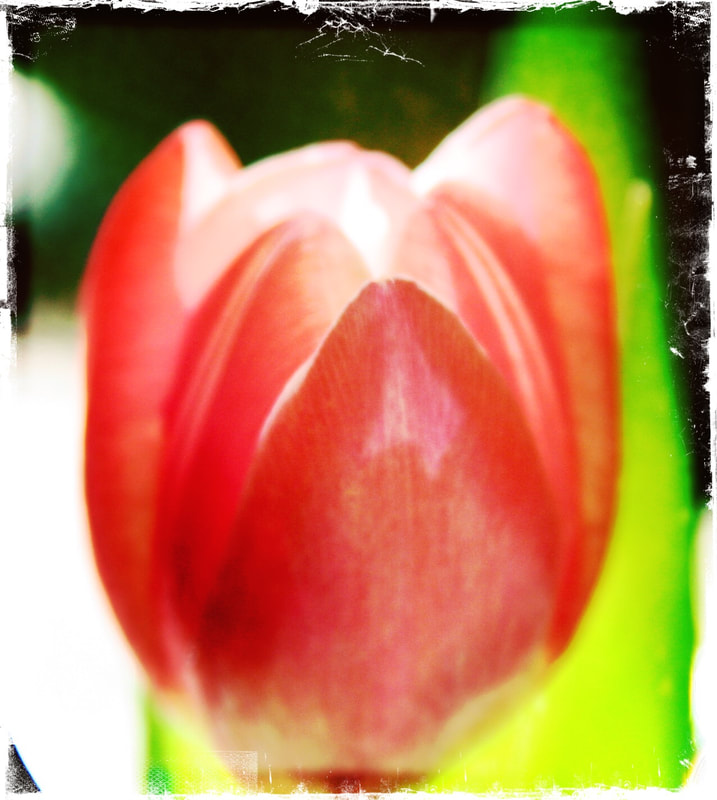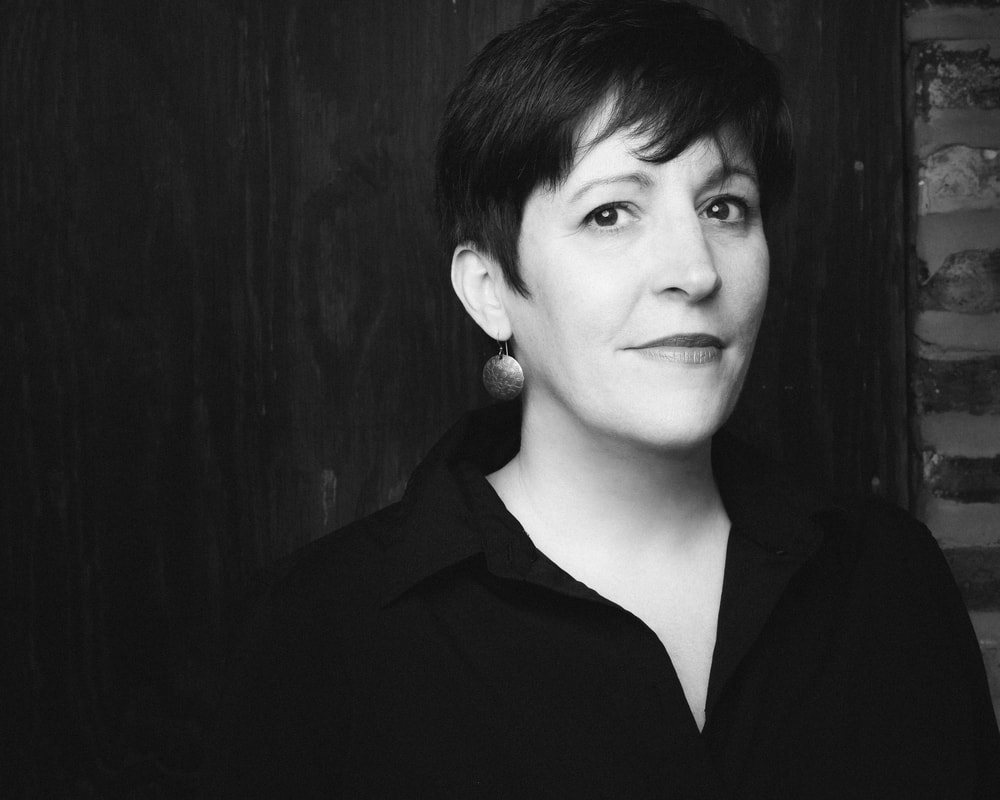ASSAY: A JOURNAL OF NONFICTION STUDIES
5.1
5.1
Part 1: Breakfast Before BedSome years ago, while teaching an introduction to creative nonfiction course in graduate school, I worked with a student—one of those handsome, blocky young men, fit and strong and confident because of it—who was clear about his reason for taking the course: his GPA needed a boost. He told this to the class on day one, with a smile that said yeah, he knew it was lame, but at least he was honest, and since he’d be writing about his own life, an “A” should be within reach. This student was very proud of his first essay, which he volunteered for workshop, and which described how, when he was a boy, it was hard for him to wake up in the morning. Often he didn’t have enough time to eat breakfast, but he was a growing kid and really needed breakfast, so he developed an ingenious remedy: each night he’d get into his pajamas, pour a big bowl of cereal, and eat. He managed to stretch what I’ve just recounted to over three pages, and to title it, in case anyone missed the point, “Breakfast Before Bed.” That young man would be nearly forty now, perhaps married and with a family and, I sincerely hope, a job that he loves and that pays him well. I don’t remember his name, but not a month passes in my house without a reference to “Breakfast Before Bed.” It’s shorthand for aiming as low as possible and squarely hitting the mark.
Recently, during an introductory drawing class I was taking at an art studio in my Chicago neighborhood, I developed a new connection to this student. I have no training or talent in visual art, and I signed up for the class thinking that drawing would be a relaxing counterpart to the writing life. It isn’t. Drawing is hard. Every week, after two hours of drawing and erasing, drawing and erasing, I stumbled out of the studio with a blinding headache, my shoulders tight with concentration. But during week five, something finally clicked, and with a little help from my instructor and a piece of charcoal, I made two recognizable apples and a vase appear on the paper. Their curves were defined, the shading gave them a 3-D quality, each object was in proportion to the others. I nearly hyperventilated with pride. After the instructor paid me some compliments and the other students gathered around to admire what I’d done, I spent the last minutes of class darkening lines and smudging shadows before asking whether the picture was finished. I was being falsely modest. Of course it was finished. Charcoal covered the entire page. The two apples looked like apples, and the vase stood tall and symmetrical, with a miraculous shimmer near the bottom. Maybe, I thought, I had talent after all. Maybe I would take Drawing II and then Painting I, maybe I would get a studio at the Lill Street Art Center, maybe there would be a gallery show in my future. Then the instructor stood behind me and bent forward, her cheek nearly touching my shoulder, and laughed. “No, you’re not done!” she said, as if I were a child who had put on one shoe and was ready to go outside. She stood up again and listed the next half-dozen things I could do to “give the picture more meaning.” Meaning? I had a vase and two apples, sitting in asymmetrical proximity on a table, the light bouncing just so. What kind of meaning did she want? Which is surely what my student thought when we workshopped “Breakfast Before Bed,” suggesting ways to expand and themes to explore. He didn’t want to explore! He wanted a round of applause for having wrestled with enough words to summarize his lived experience on the page. My charcoal-covered paper was the visual equivalent of that essay, a what-you-see-is-what-you-get composition that communicated nothing more than surface-level reality. In terms of creating a work of art, I had taken only the first step.
|
Click here to download a printable PDF with Works Cited.
|
Michele Morano is the author of the travel memoir, Grammar Lessons: Translating a Life in Spain. Her work has appeared in many literary journals and anthologies, including The Normal School, Ninth Letter, Fourth Genre, and Best American Essays. She is professor and chair of the English Department at DePaul University in Chicago, where she teaches in the undergraduate and graduate creative writing programs.
|

